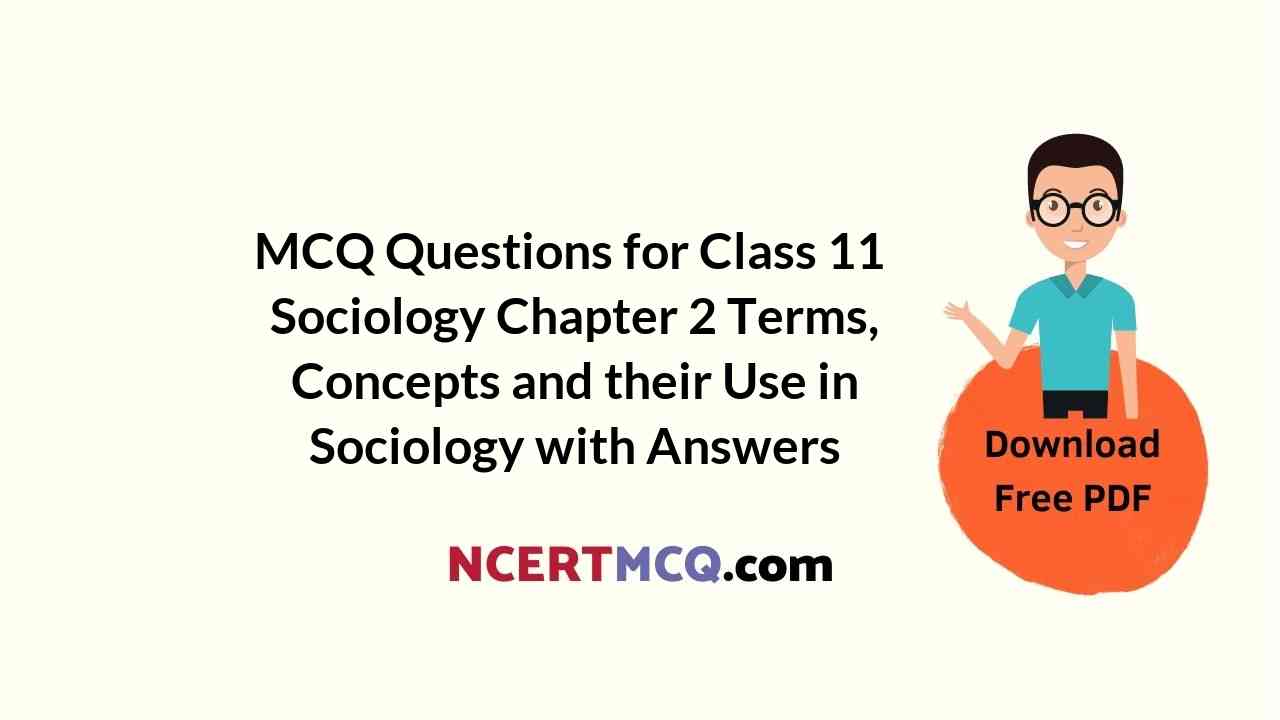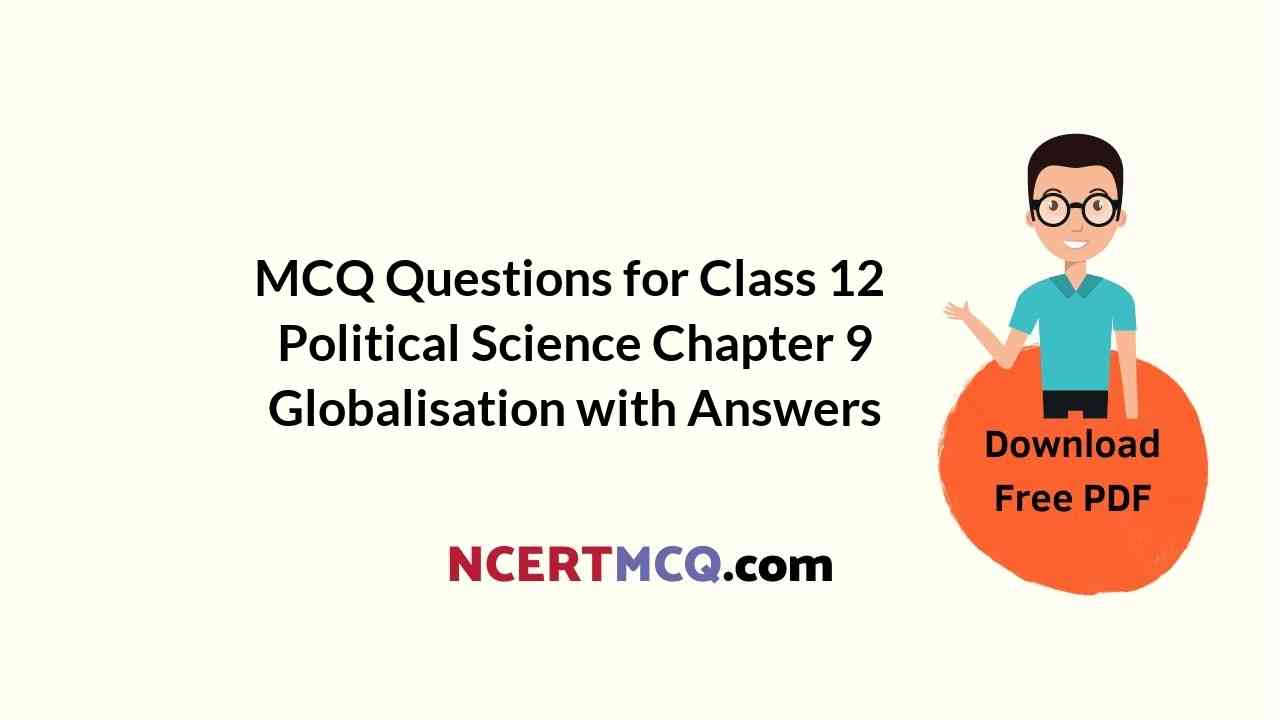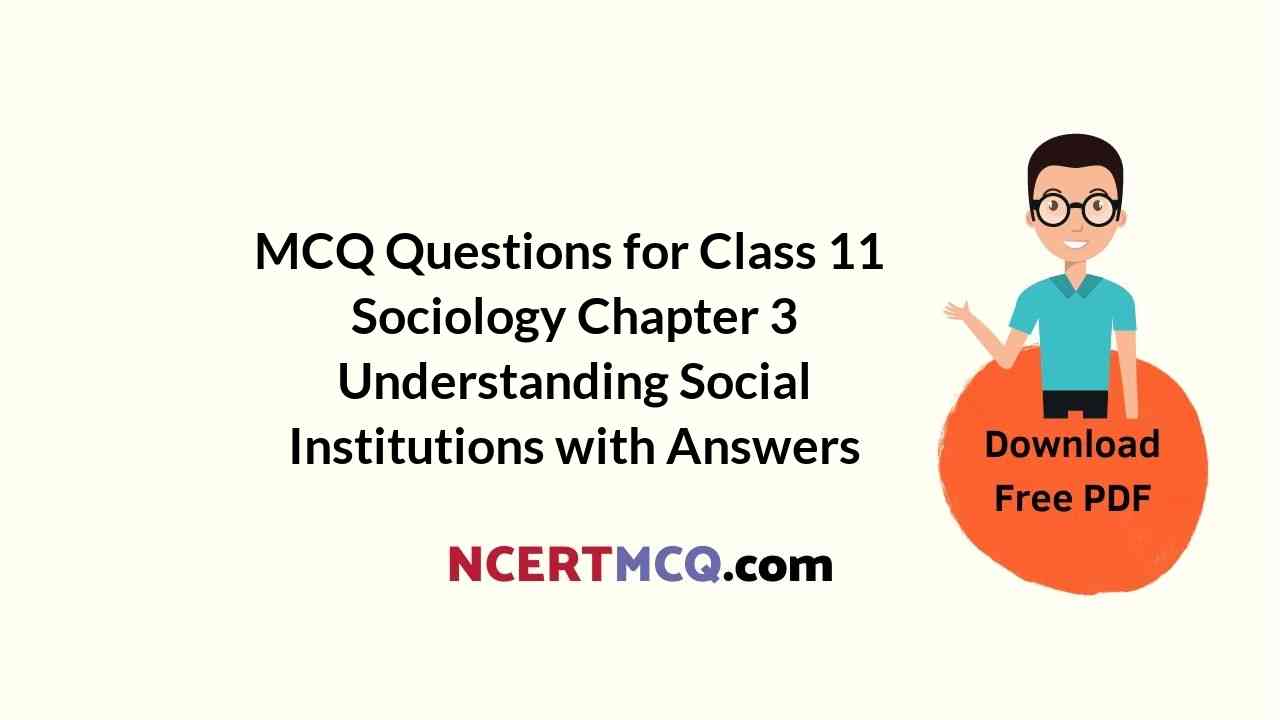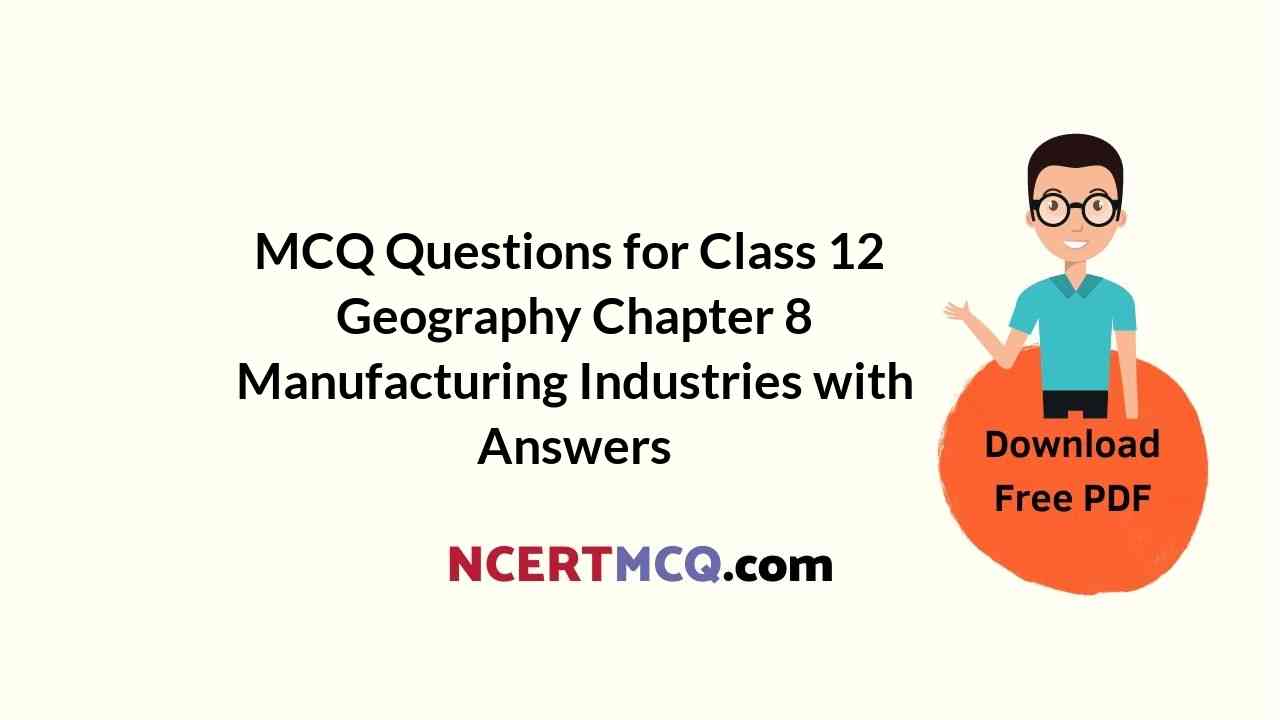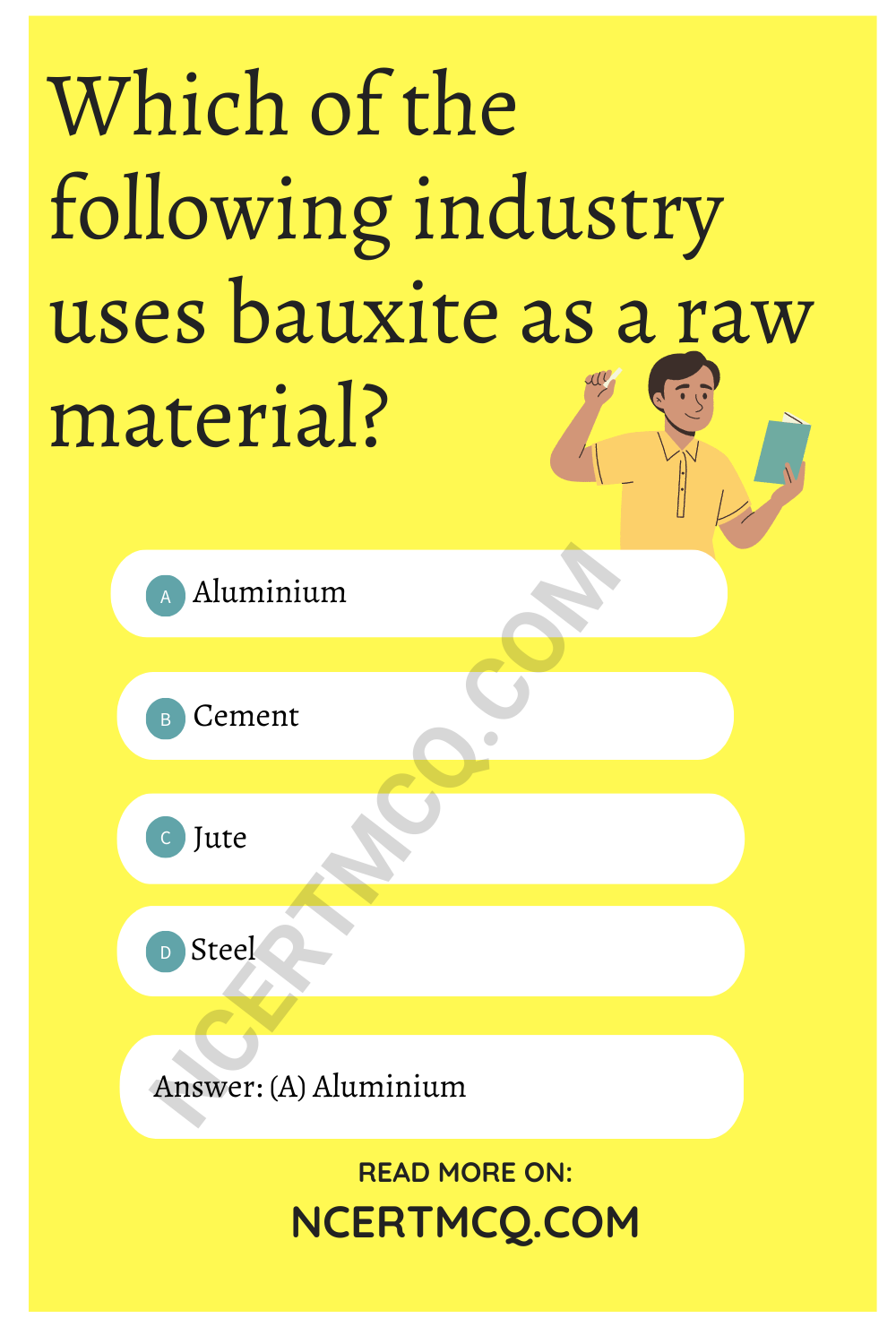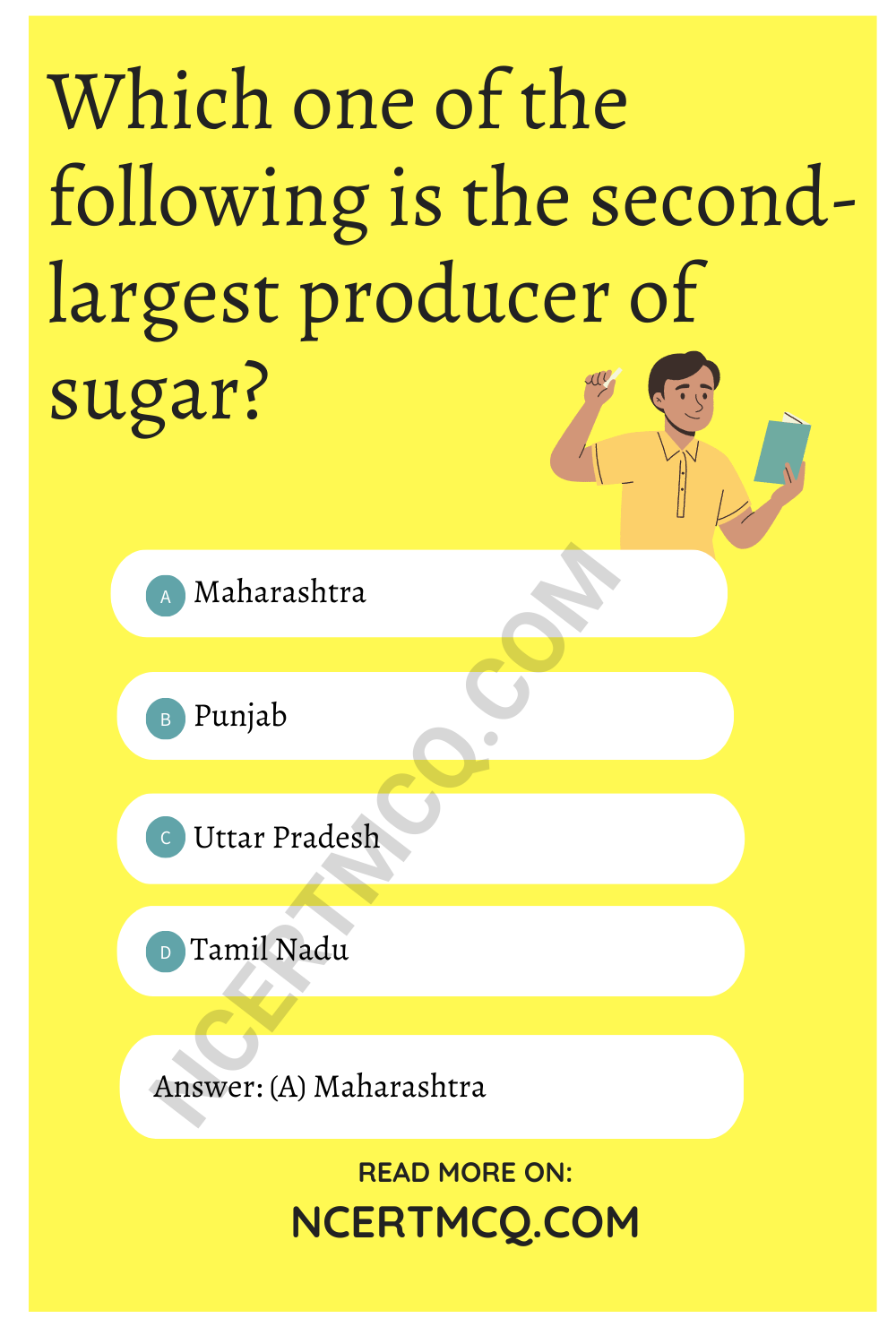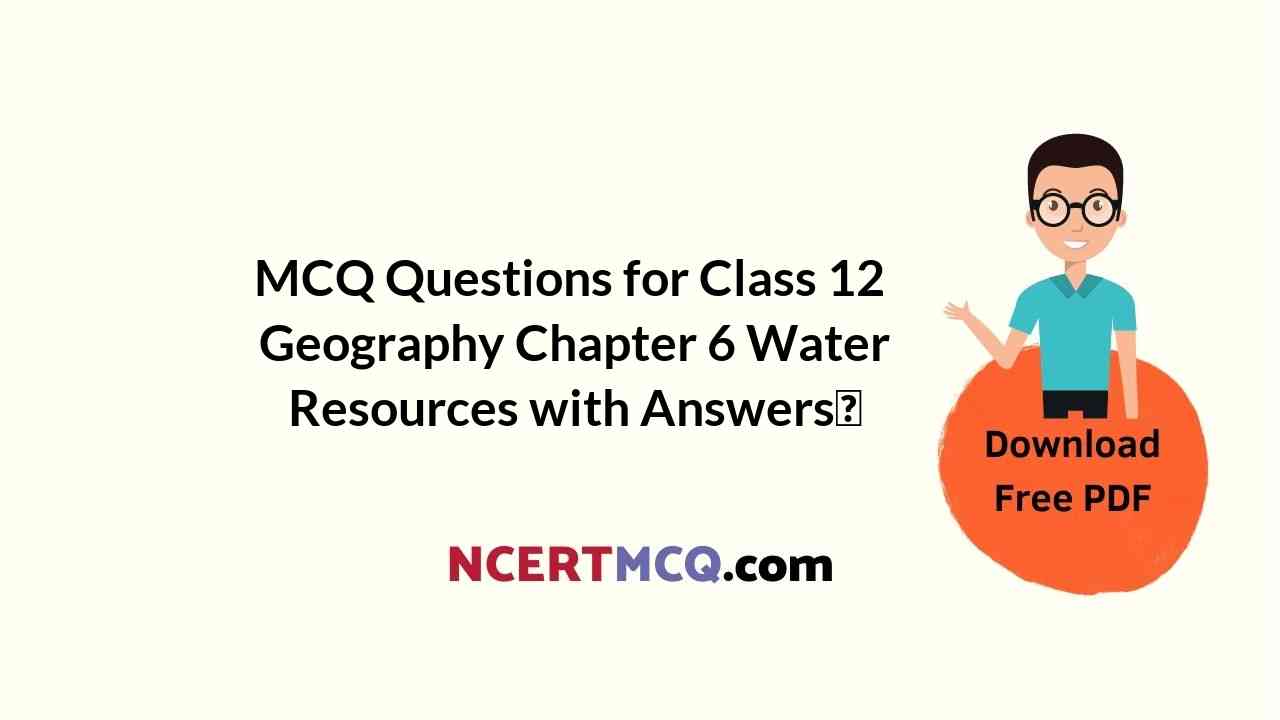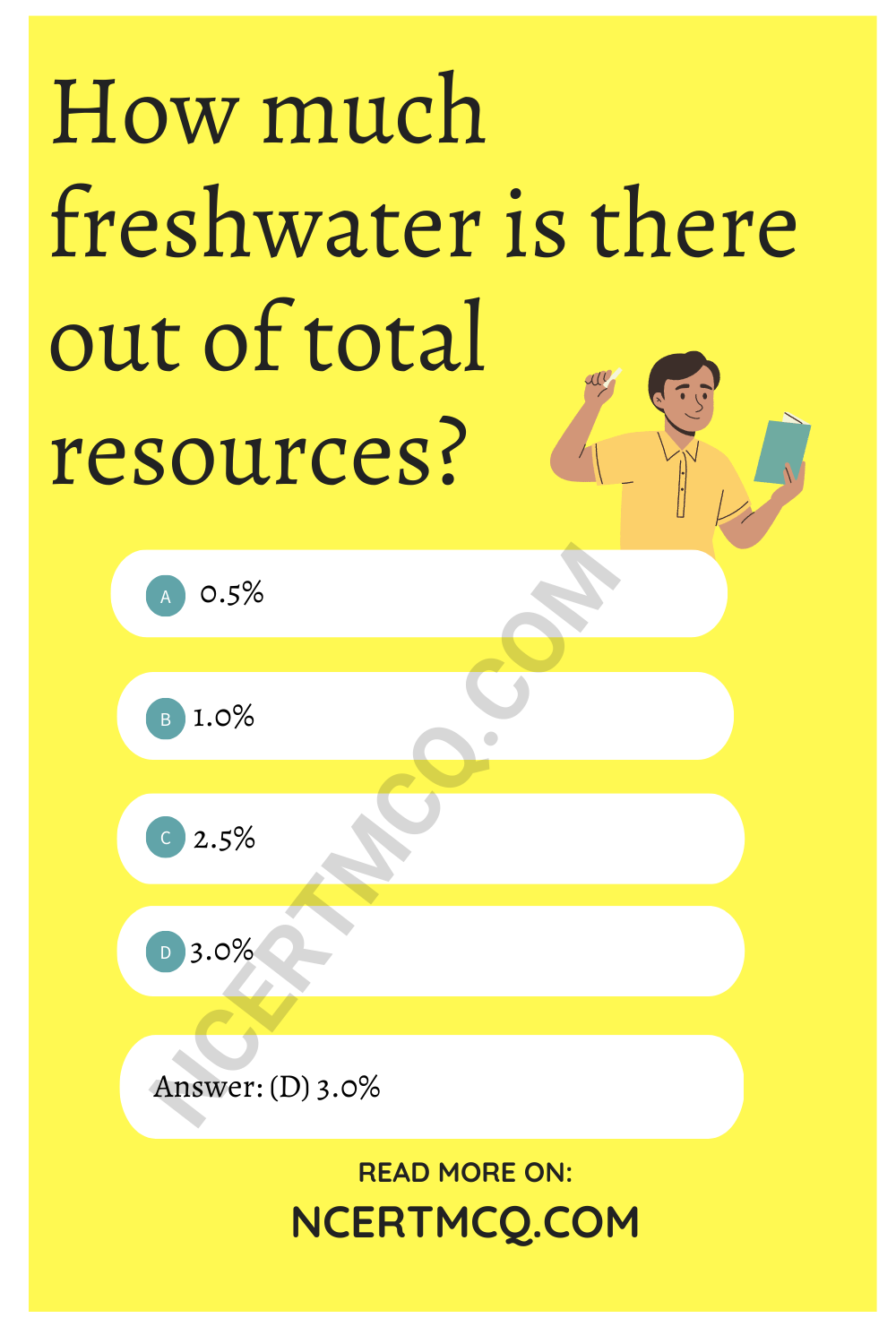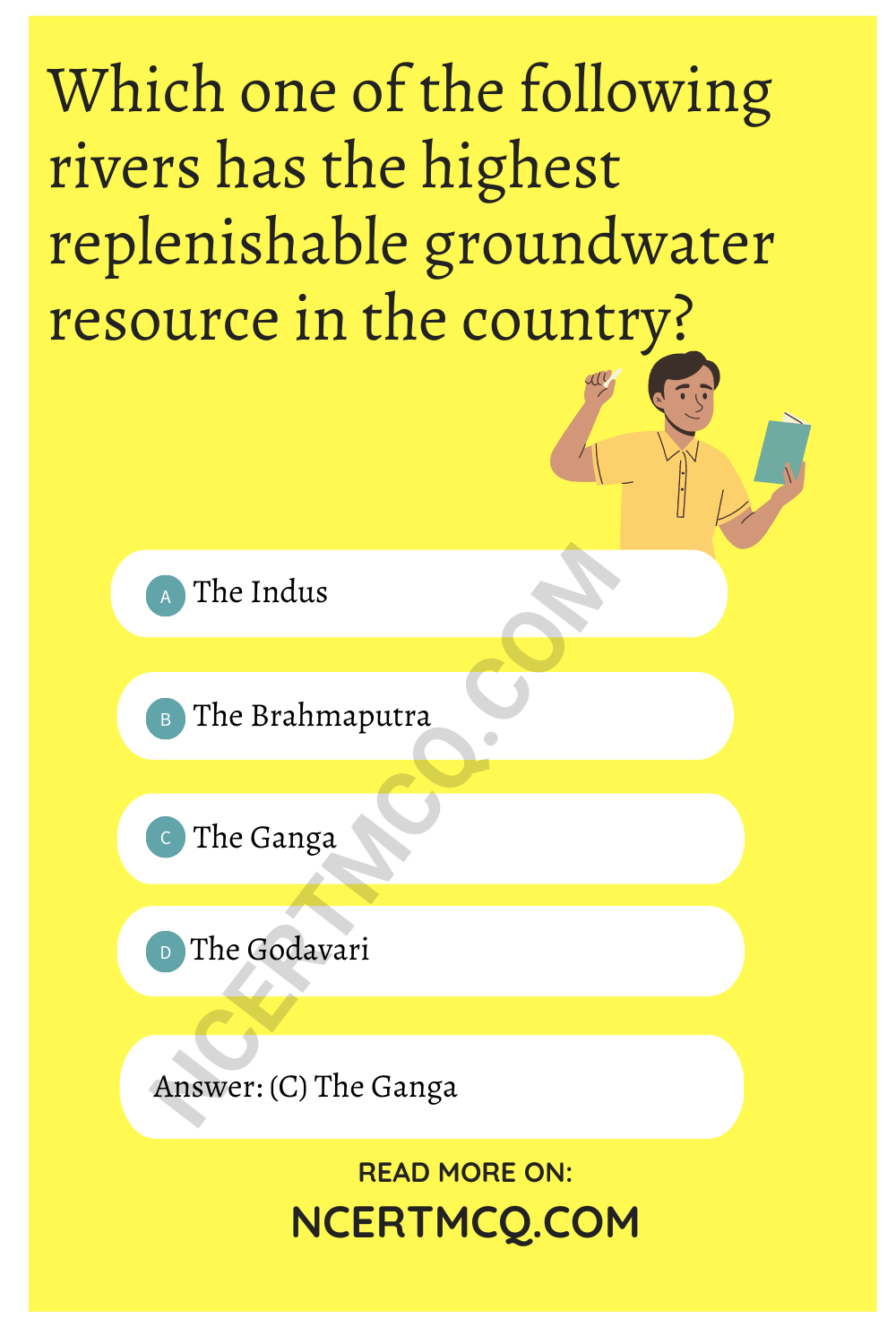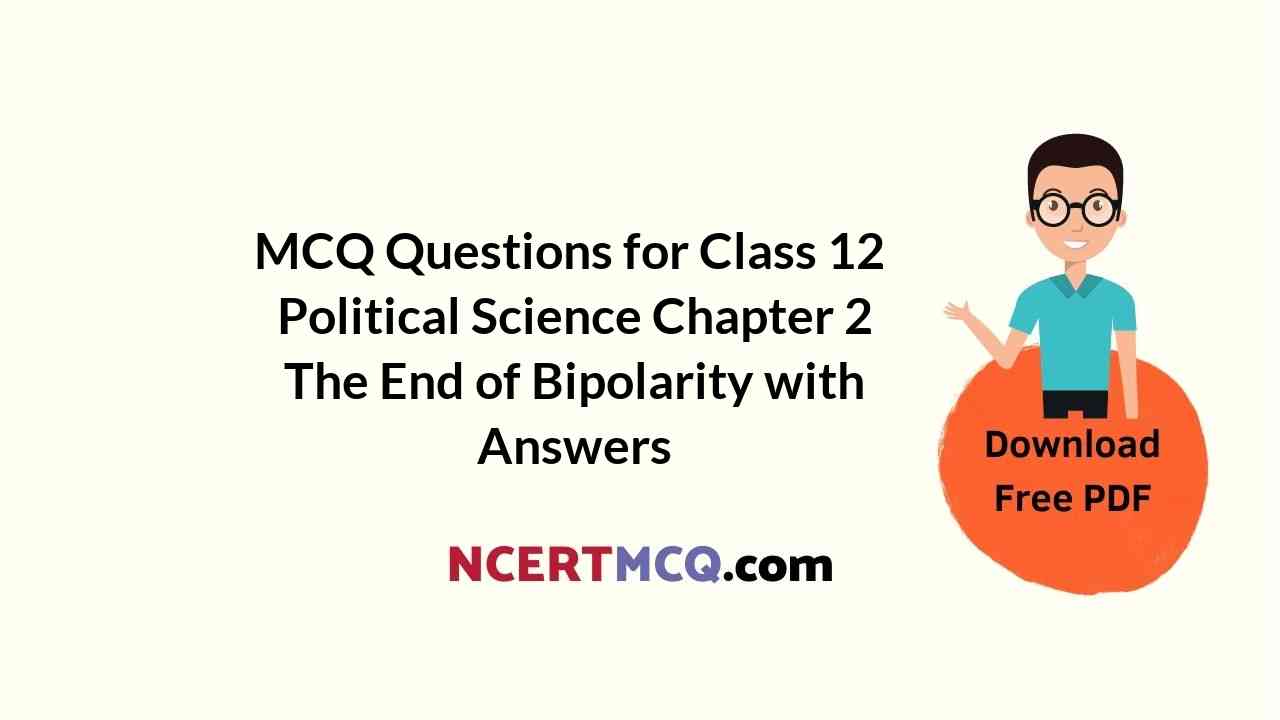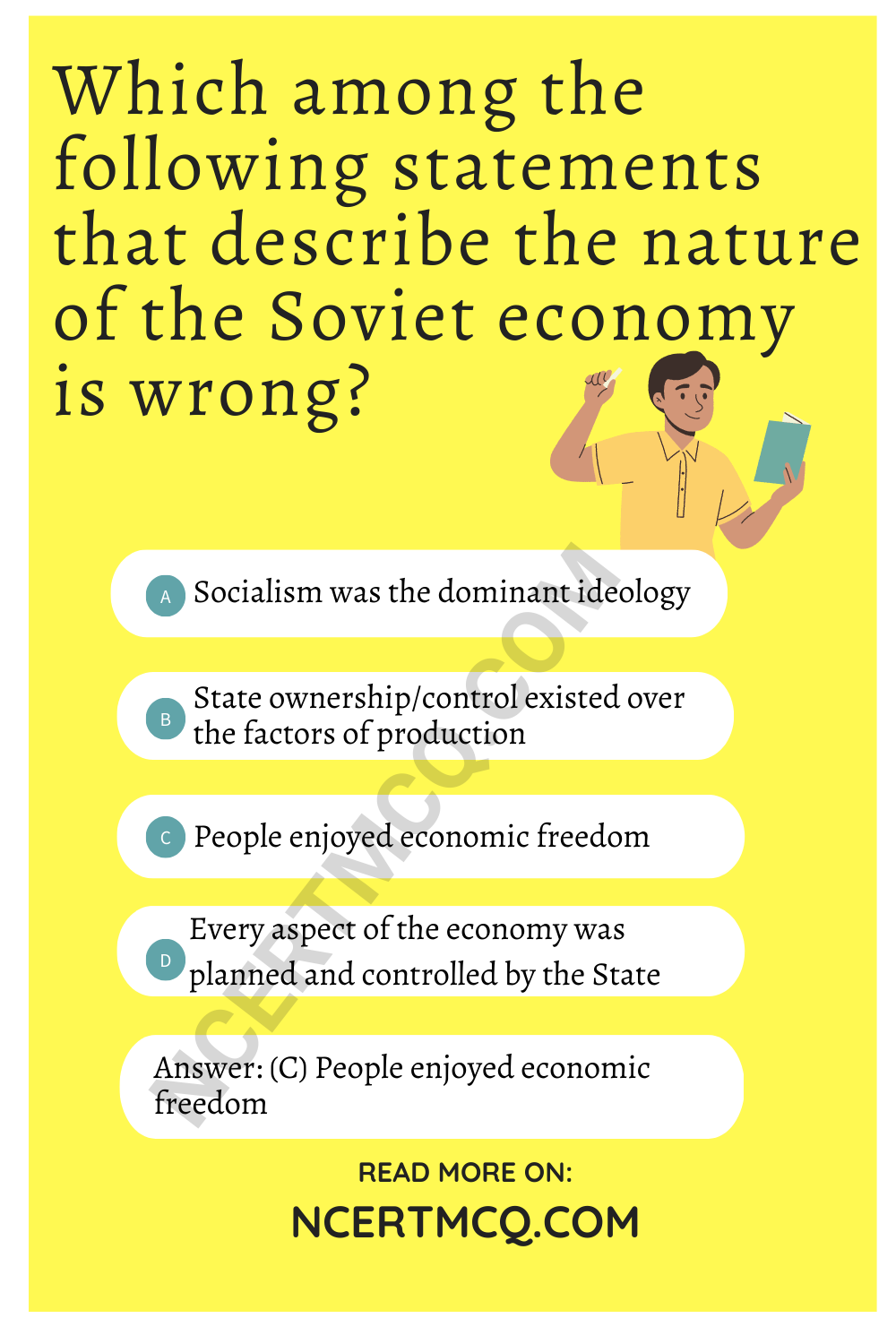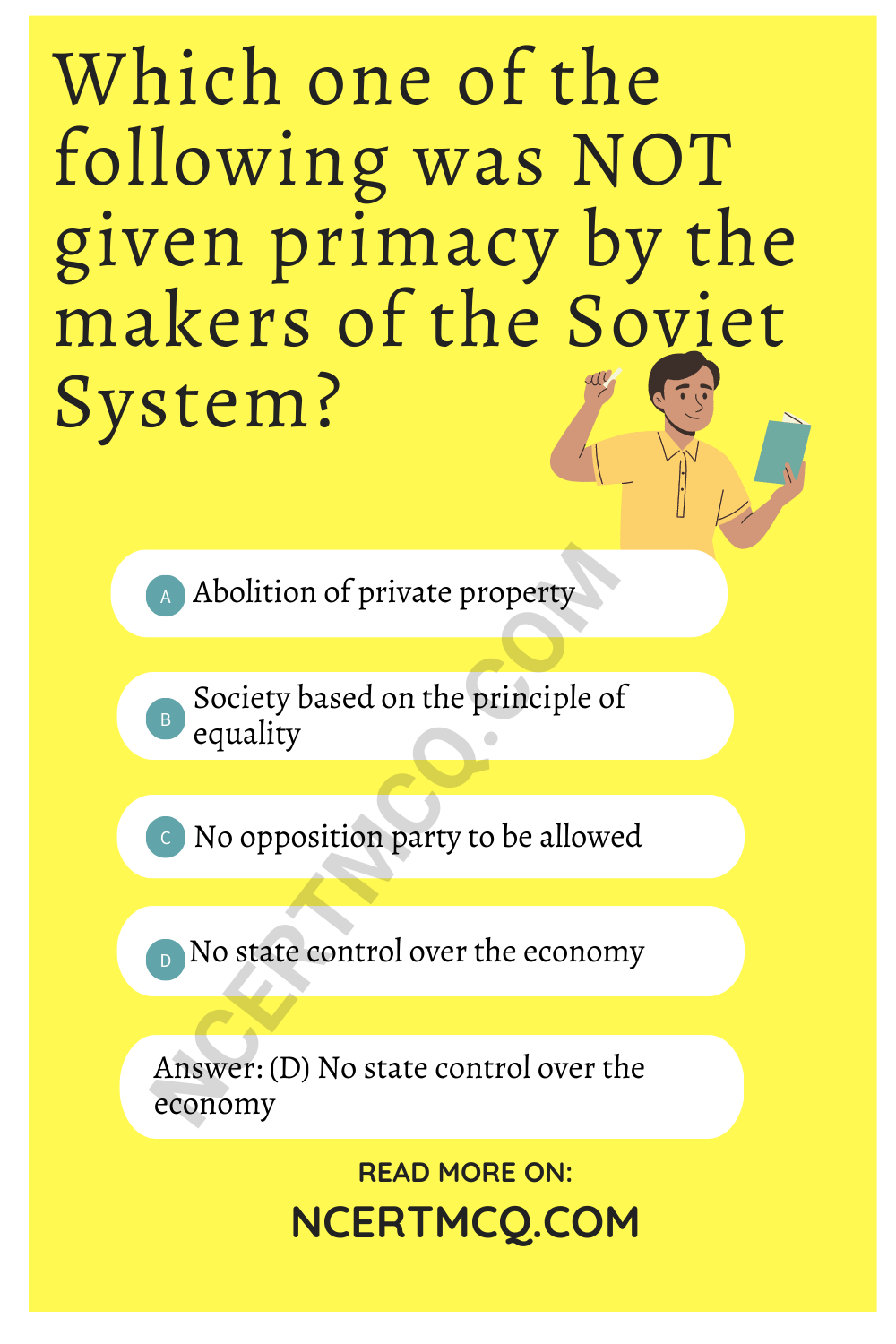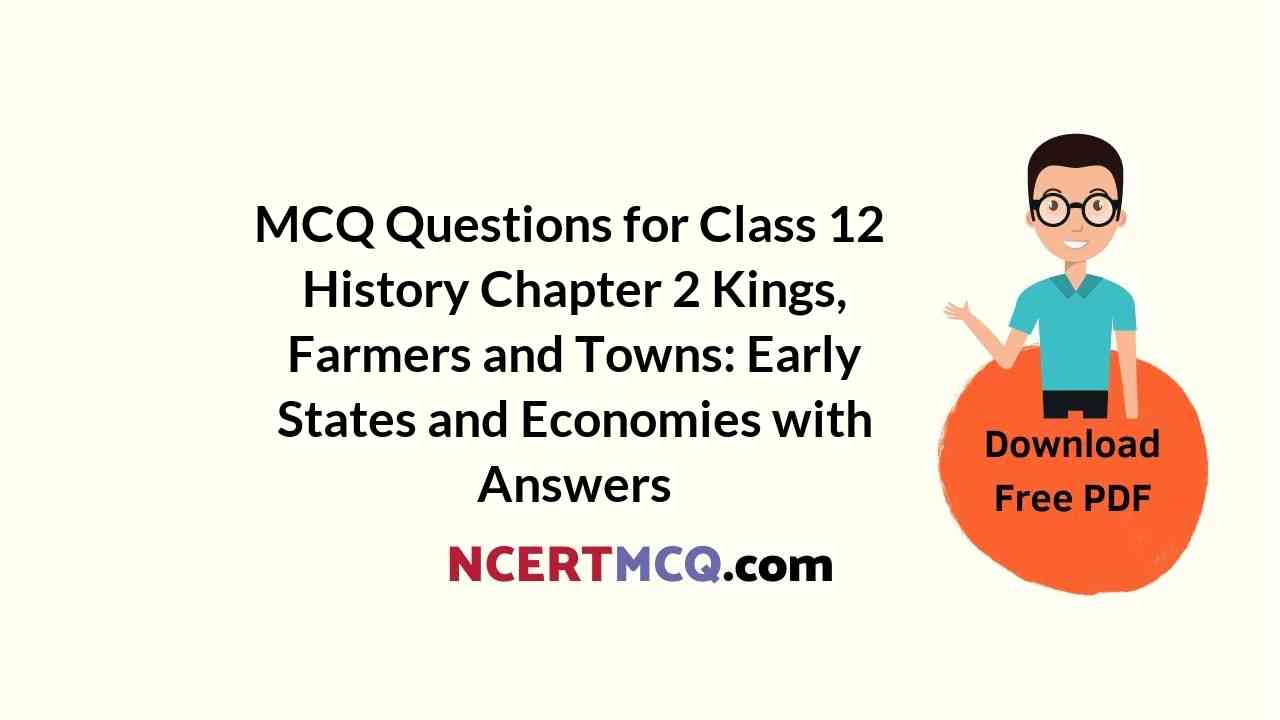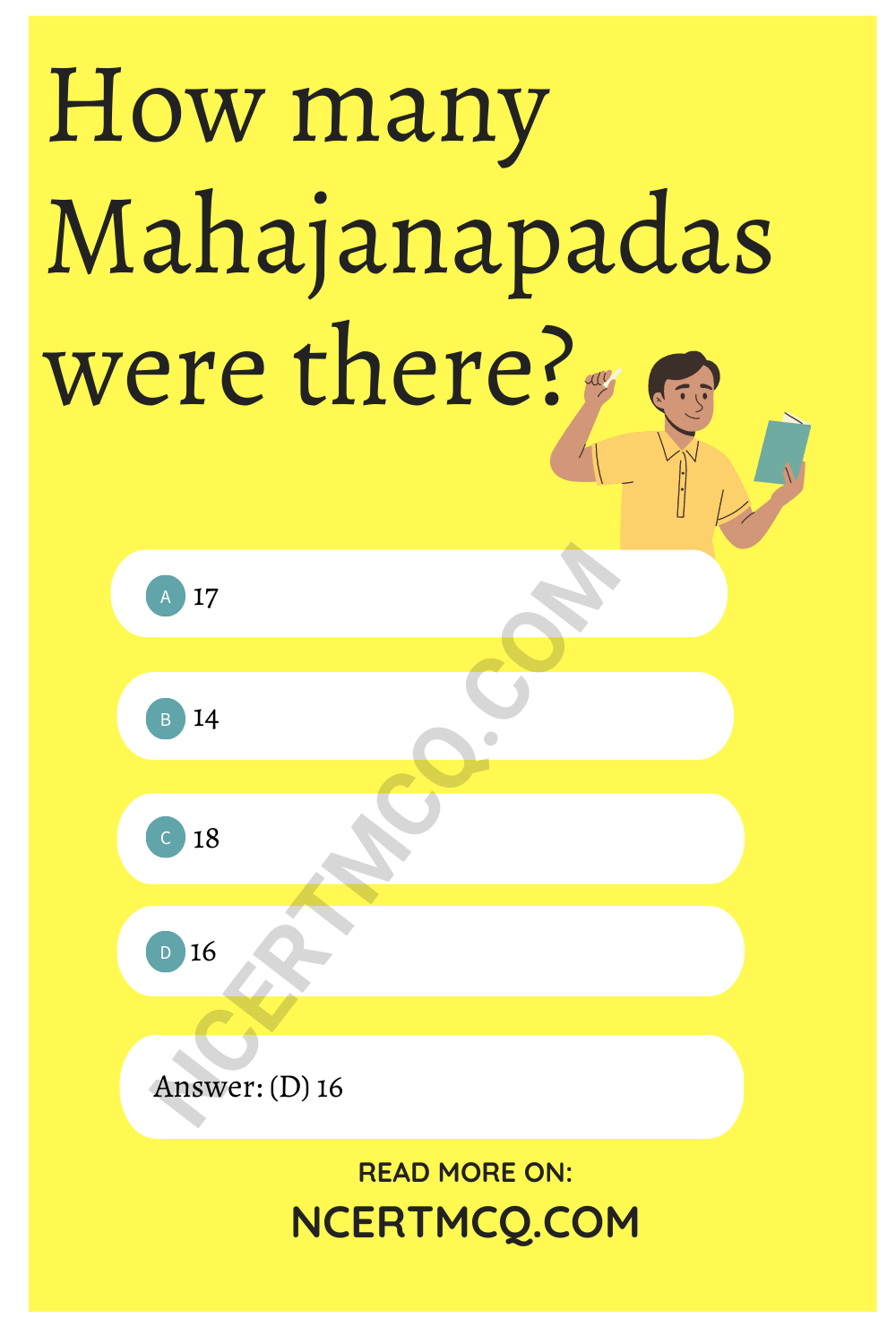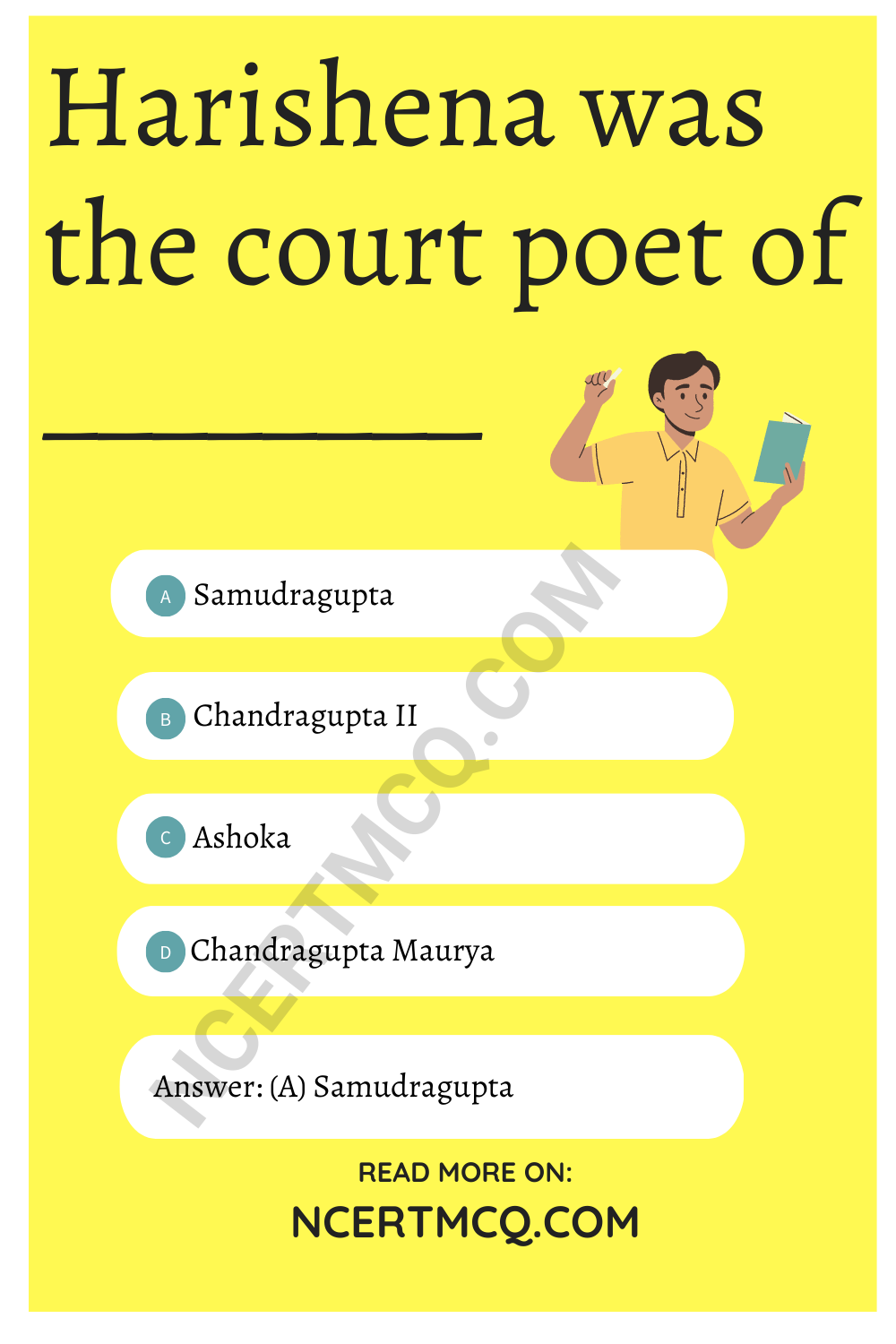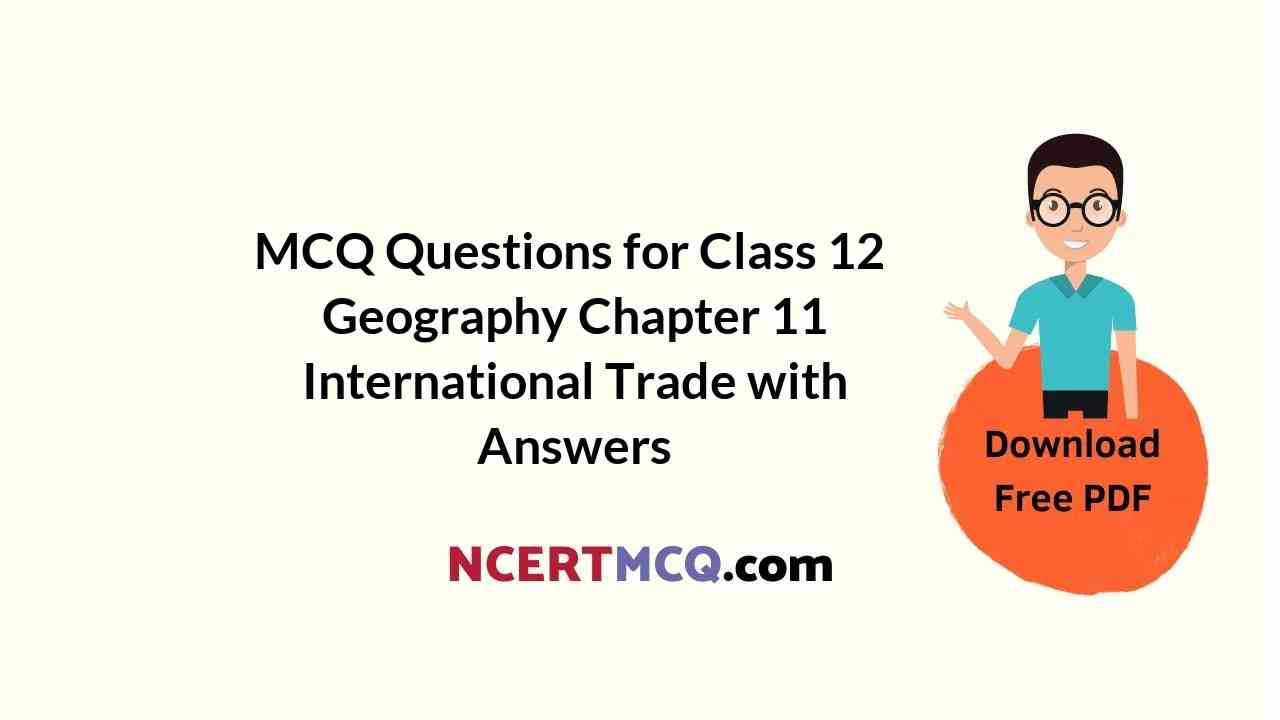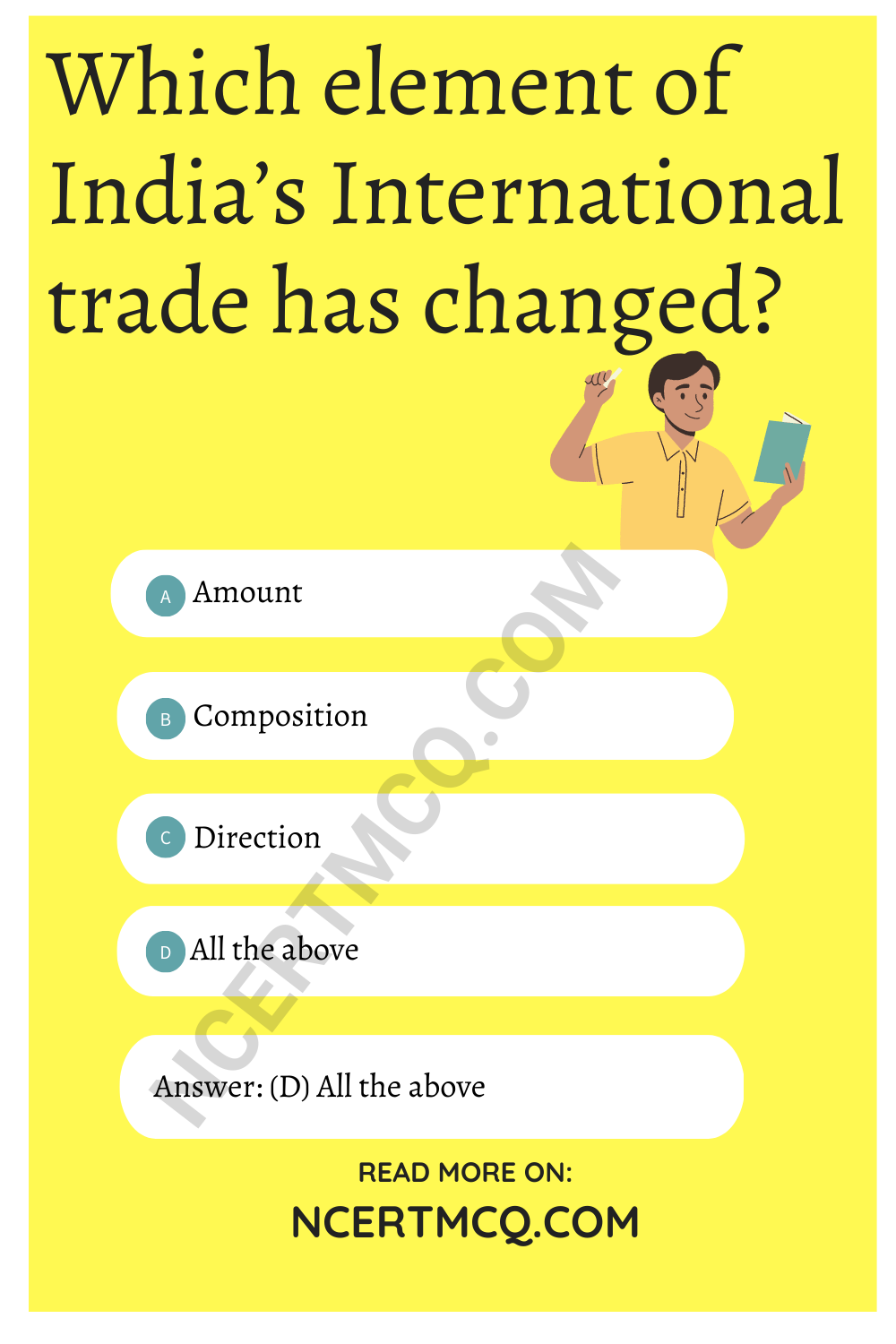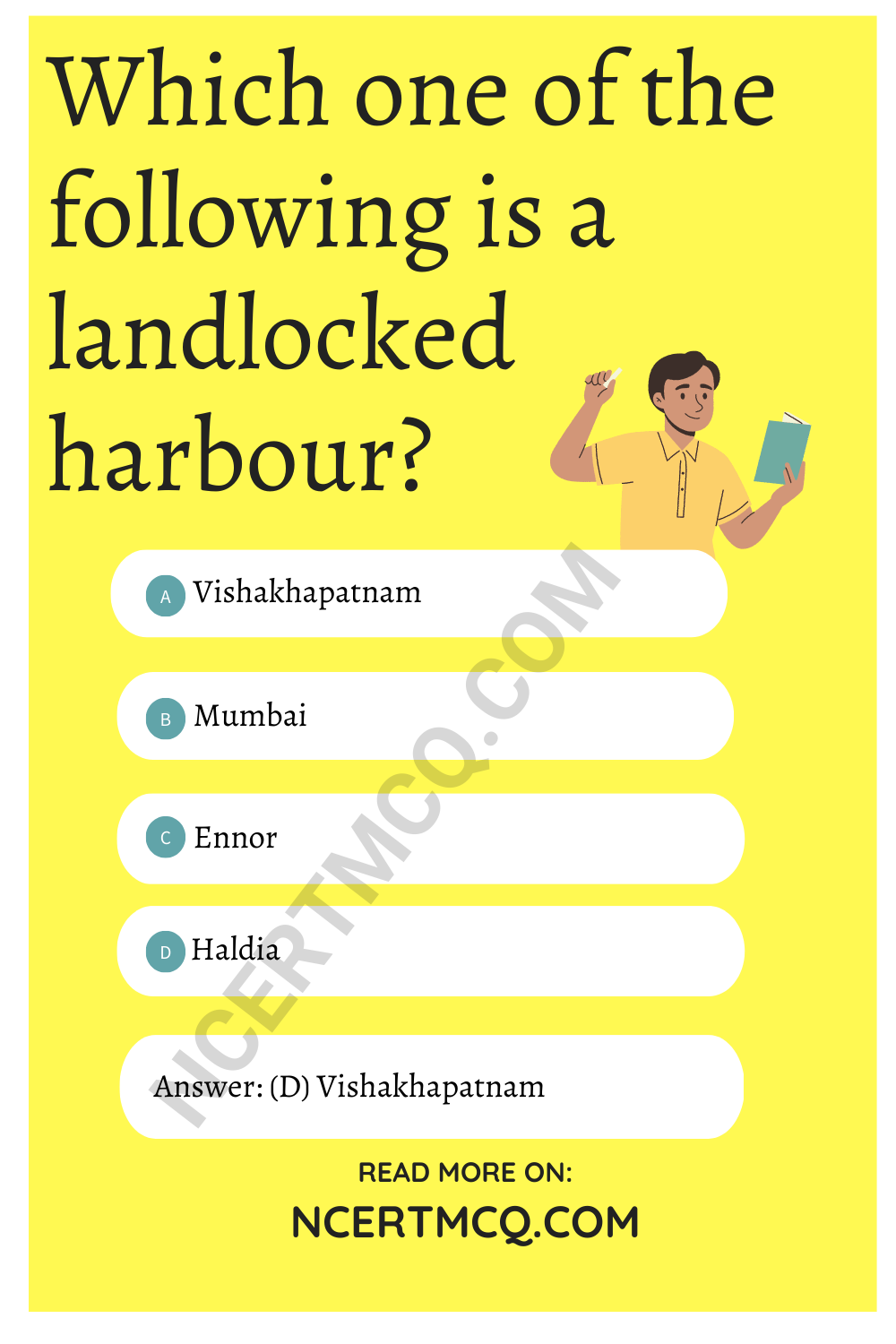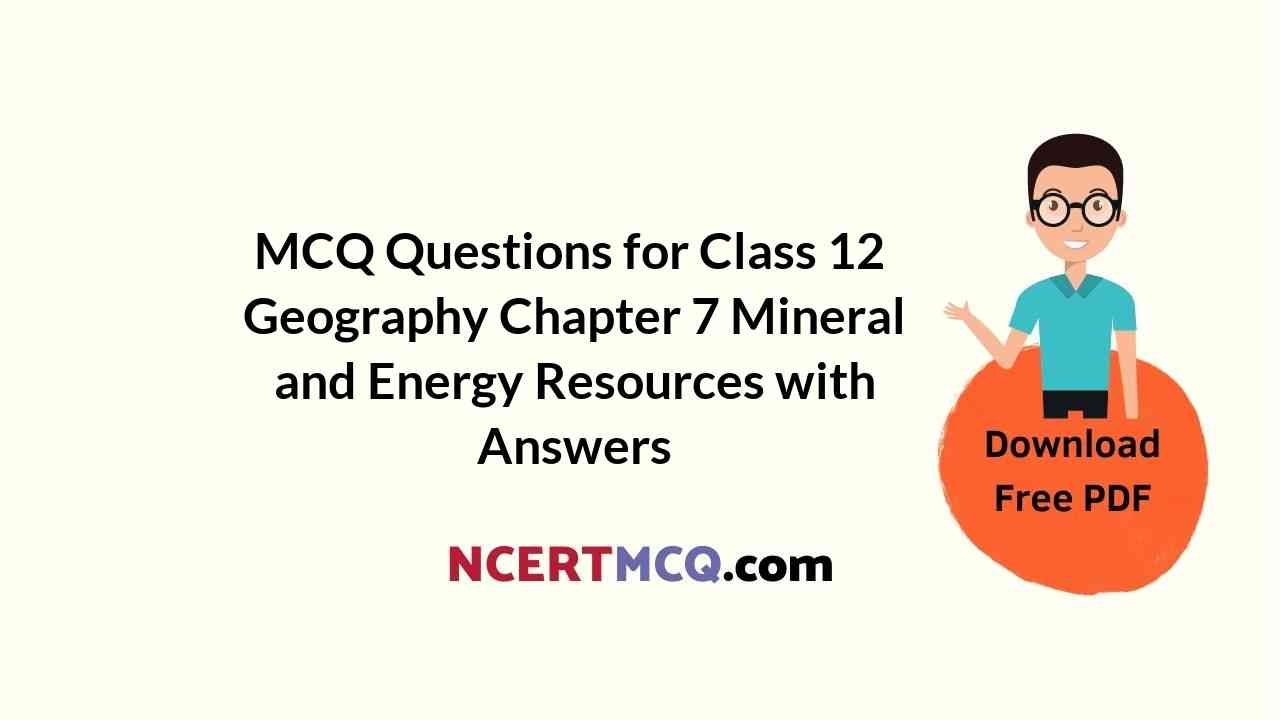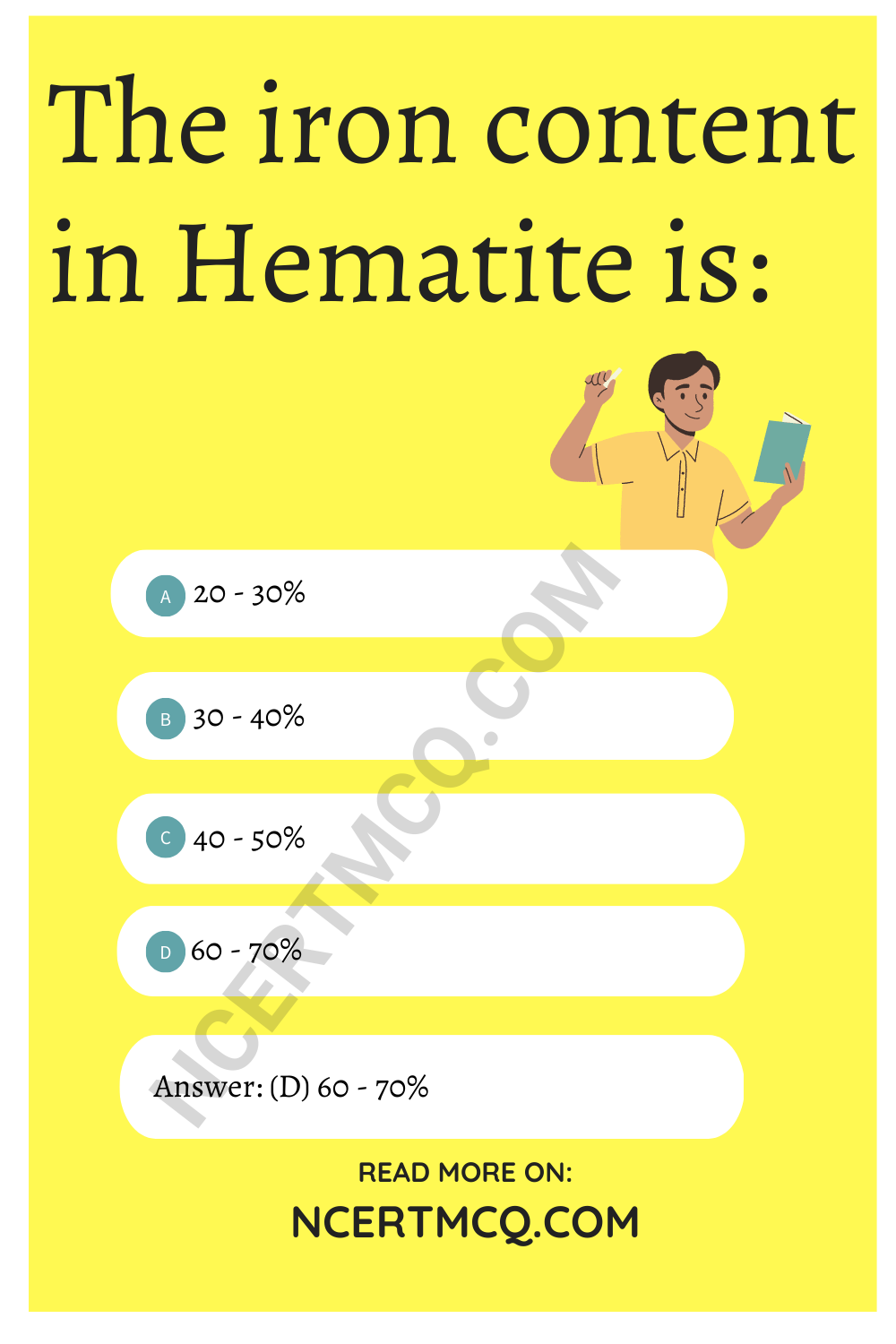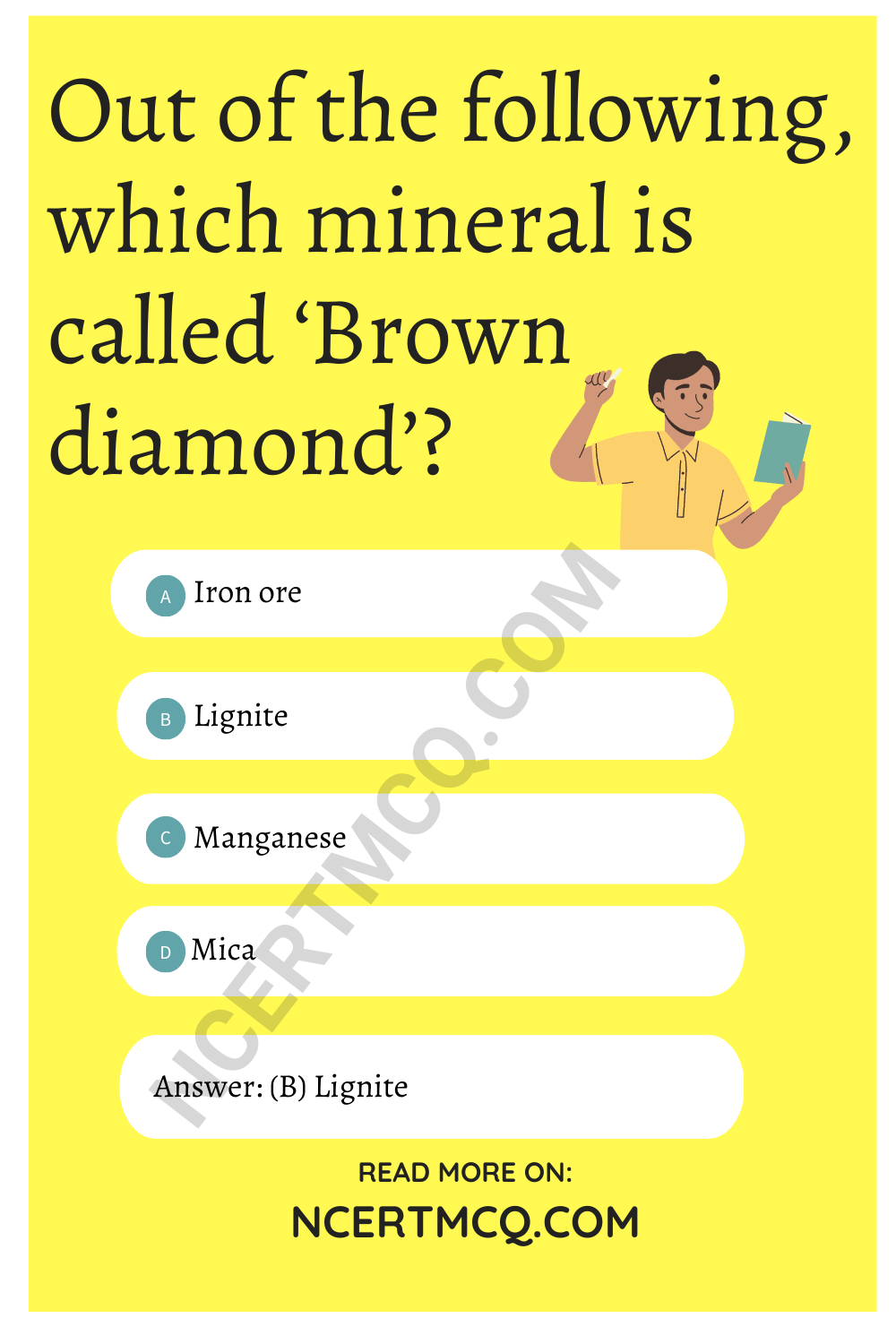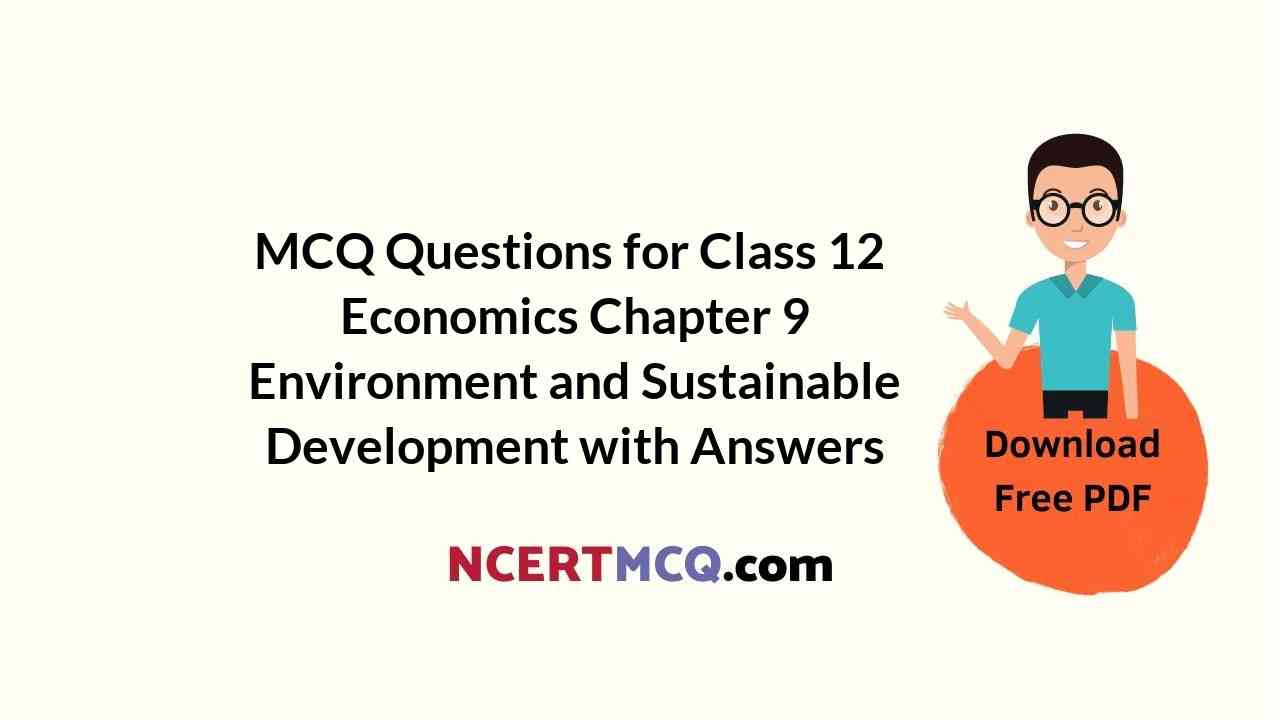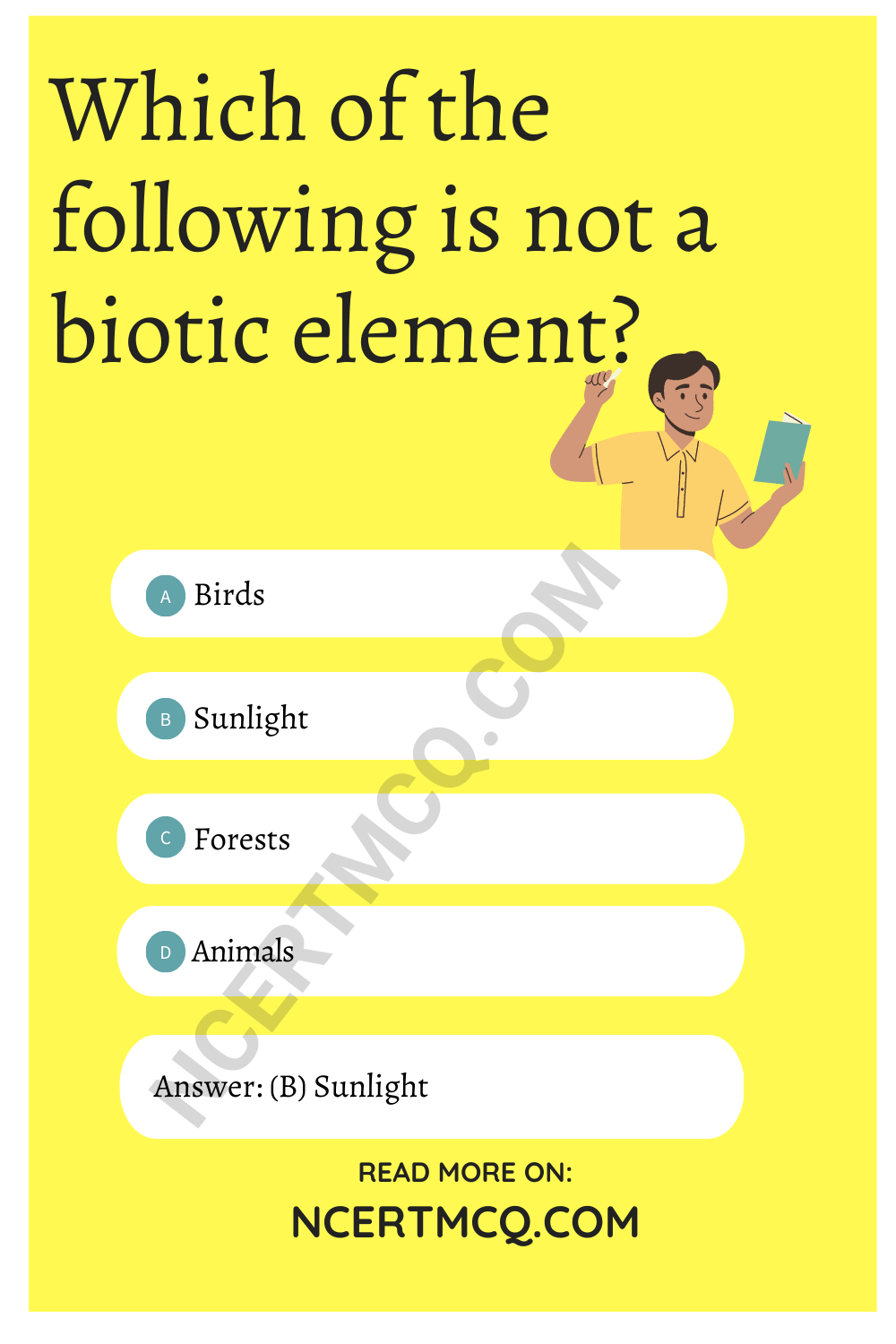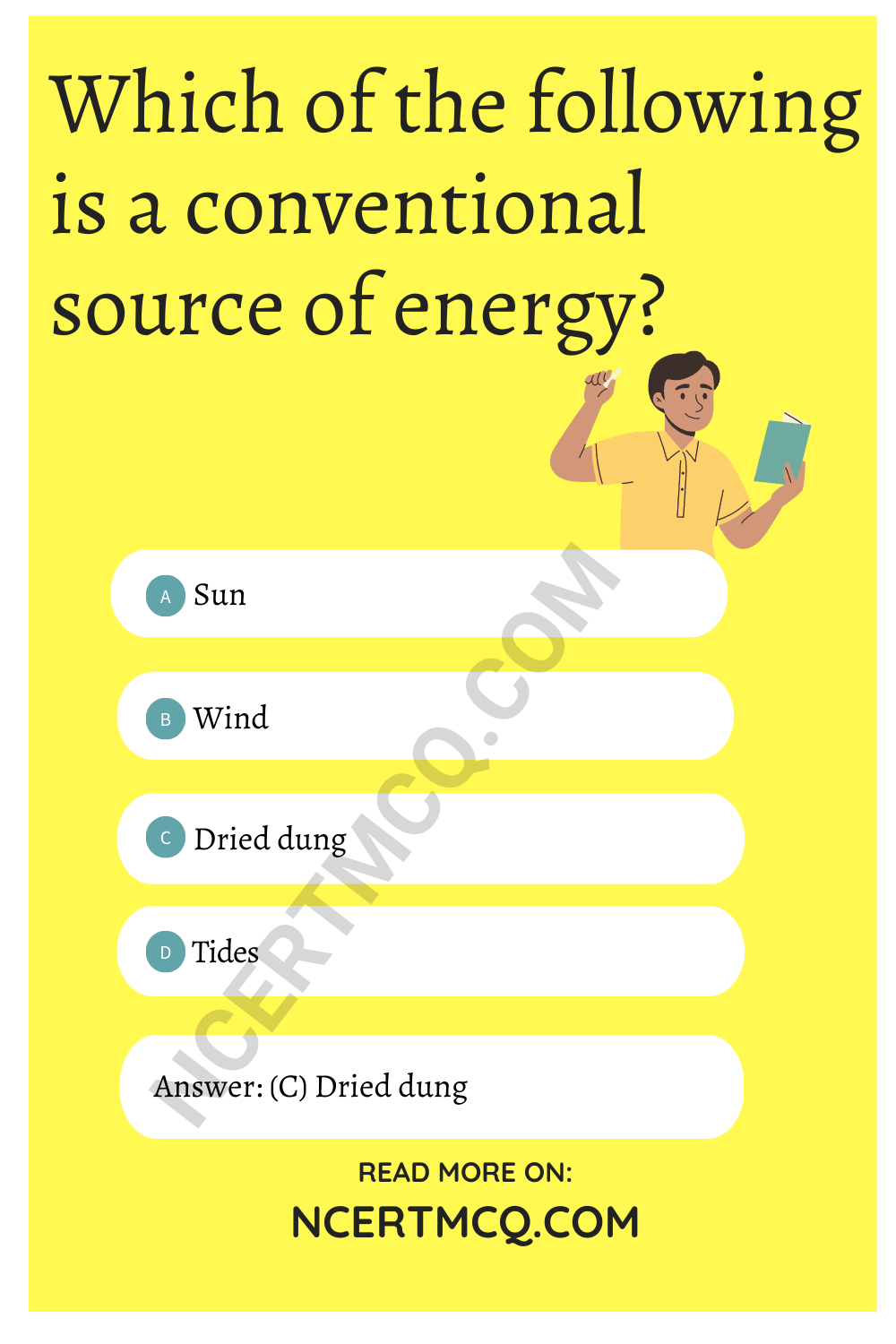Check the below NCERT MCQ Questions for Class 11 Accountancy Chapter 4 Recording of Transactions 2 with Answers Pdf free download. MCQ Questions for Class 11 Accountancy with Answers were prepared based on the latest exam pattern. We have provided Recording of Transactions 2 Class 11 Accountancy MCQs Questions with Answers to help students understand the concept very well.
Class 11 Accountancy Chapter 4 Recording of Transactions 2 MCQ With Answers
Accountancy Class 11 Chapter 4 MCQs On Recording of Transactions 2
MCQ Questions For Class 11 Accountancy Chapter 4 Question 1.
The first book of original entry is-
(a) Journal
(b) Ledger
(c) Trial Balance
(d)None of these.
Answer
Answer: (b) Ledger
Class 11 Accounts Chapter 4 MCQ Question 2.
‘Drawings’ falls under which account-
(a) Personal account
(b) Real account
(c) Nominal account
(d) None of these.
Answer
Answer: (a) Personal account
Chapter 4 Accounts Class 11 MCQ Question 3.
Income tax is treated as-
(a) Business Expense
(b) Direct Expense
(c) Personal Expense
(d) Indirect Expense.
Answer
Answer: (d) Indirect Expense.
Ch 4 Accounts Class 11 MCQ Question 4.
A cheque on which two parallel lines are drawn in the left top corner is called –
(a) Bearer cheque
(b) Traveller’s cheque
(c) Account payee cheque
(d) None of these.
Answer
Answer: (c) Account payee cheque
Class 11 Accountancy Chapter 4 MCQ Question 5.
Cash purchase of goods is recorded in-
(a) Purchase book
(b) Sales book
(c) Cash – book
(d) None of these.
Answer
Answer: (c) Cash – book
Question 6.
Credit purchase of furniture shall be recorded in-
(a) Purchase book
(b) Journal book
(c) Cash – book
(d) None of these.
Answer
Answer: (b) Journal book
Question 7.
Who prepares a debit note-
(a) Seller
(b) Purchaser
(c) Cashier
(d) None of these.
Answer
Answer: (b) Purchaser
Question 8.
Return of goods by a customer is recorded in-
(a) Purchase book
(b) Sales book
(c) Sales return book
(d) Purchase return book.
Answer
Answer: (c) Sales return book
Fill in the blanks:
1. The amount which cannot be recovered from debtors is called ……………..
Answer
Answer: Bad debts
2. The account in which amount can be deposited or withdrawn daily and which allows no interest on deposit is called ……………..
Answer
Answer: Current account
3. The discount allowed on cash transactions is called ……………..
Answer
Answer: Cash discount
4. Sales account always shows …………….. balance.
Answer
Answer: Credit
5. The purchase of packing material along with goods purchased is recorded in ……………
Answer
Answer: Purchase book
6. Such transactions for which no separate subsidiary books are maintained are recorded in ……………..
Answer
Answer: Journal book
7. Sub – division of Journal is called …………….
Answer
Answer: Subsidiary book
8. Credit note is sent to …………….
Answer
Answer: Purchaser
State True or False:
1. Weekly information is sought from the subsidiary books.
Answer
Answer: False
2. Drawings account is a personal account.
Answer
Answer: True
3. Purchase account is always debited.
Answer
Answer: False
4. Order for sending goods is not a business transaction.
Answer
Answer: True
5. Cash A/c is a real A/c.
Answer
Answer: True
6. Purchase book is a principle book.
Answer
Answer: False
7. Preparation of sales account is not essential when sales book is maintained.
Answer
Answer: False
8. Goods received on consignment is recorded in purchase book.
Answer
Answer: False
9. Cash sale of asset is recorded in main journal book.
Answer
Answer: False
Match the following:
1.
| Column A | Column B |
| 1. Asset | (a) Bank |
| 2. Personal account | (b) Furniture |
| 3. income tax | (c) Real account |
| 4. Asset installation expense | (d) Personal account. |
Answer
Answer:
| Column A | Column B |
| 1. Asset | (b) Furniture |
| 2. Personal account | (a) Bank |
| 3. income tax | (d) Personal account. |
| 4. Asset installation expense | (c) Real account |
2.
| Column A | Column B |
| 1. Debit note | (a) Purchase book |
| 2. Credit note | (b) Principle book/journal book |
| 3. Credit sale of asset | (c) Purchaser |
| 4. Cash purchase of asset | (d) Seller |
| 5. Credit purchase of goods | (e) Cash-book. |
Answer
Answer:
| Column A | Column B |
| 1. Debit note | (c) Purchaser |
| 2. Credit note | (d) Seller |
| 3. Credit sale of asset | (b) Principle book/journal book |
| 4. Cash purchase of asset | (e) Cash-book. |
| 5. Credit purchase of goods | (a) Purchase book |
Answer in one word/sentence:
1. Under how many heads, the accounts have been categorised for the purpose of recording transactions in Journal?
Answer
Answer: Three
2. When a single journal entry is passed for two transactions of same nature on same date, such an entry is called?
Answer
Answer: Compound entry
3. Give an example of intangible asset?
Answer
Answer: Goodwill
4. The discount which is offered to increase sale and attract customers is called?
Answer
Answer: Trade discount
5. Mention the transaction which is not recorded in purchase book?
Answer
Answer: Cash transaction
6. Credit sale of goods is recorded in which book?
Answer
Answer: Sales book
7. Interest on capital is recorded in which subsidiary book?
Answer
Answer: Journal book
8. Which discount is recorded in purchase and sales book?
Answer
Answer: Trade discount
We hope the given NCERT MCQ Questions for Class 11 Accountancy Chapter 4 Recording of Transactions 2 with Answers Pdf free download will help you. If you have any queries regarding CBSE Class 11 Accountancy Recording of Transactions 2 MCQs Multiple Choice Questions with Answers, drop a comment below and we will get back to you soon.
Class 11 Accountancy With Answers MCQ:
- Introduction to Accounting Class 11 MCQ
- Theory Base of Accounting Class 11 MCQ
- Recording of Transactions 1 Class 11 MCQ
- Recording of Transactions 2 Class 11 MCQ
- Bank Reconciliation Statement Class 11 MCQ
- Trial Balance and Rectification of Errors Class 11 MCQ
- Depreciation, Provisions and Reserves Class 11 MCQ
- Bills of Exchange Class 11 MCQ
- Financial Statements 1 Class 11 MCQ
- Financial Statements 2 Class 11 MCQ
- Accounts from Incomplete Records Class 11 MCQ
- Applications of Computers in Accounting Class 11 MCQ
- Computerised Accounting System Class 11 MCQ
- Structuring Database for Accounting Class 11 MCQ
- Accounting System Using Database Management System Class 11 MCQ

